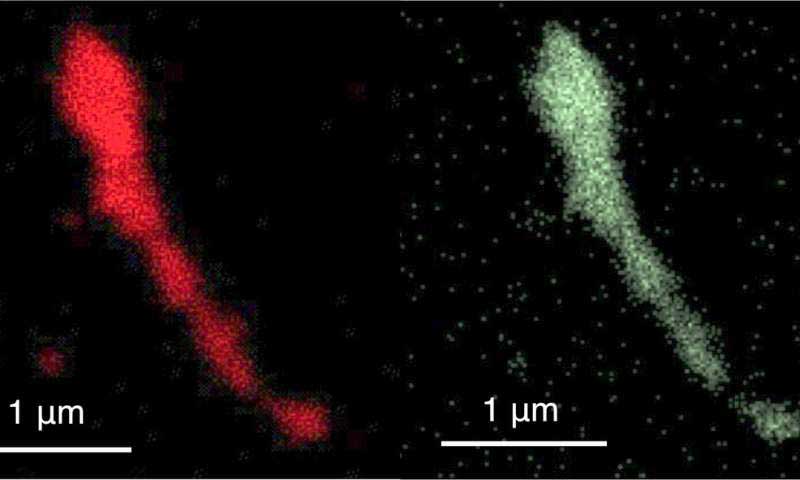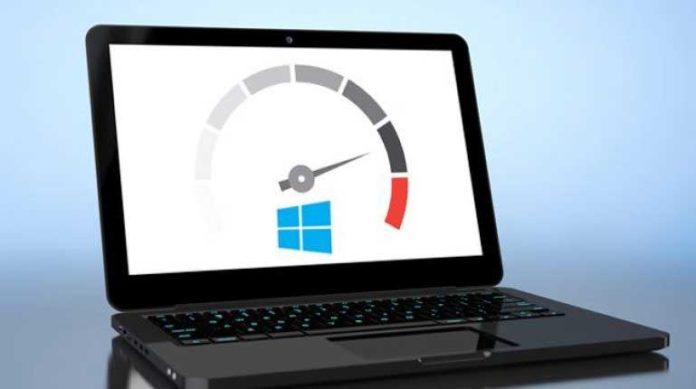MIT scientists in collaboration with the Singapore University of Technology and Design (SUTD) have developed a method to accelerate computer speed. They used a virus to genetically engineer a better type of memory.
Faster computers can be achieved is through the reduction of the millisecond time delays that usually come from the transfer and storage of information between a traditional random access memory (RAM) chip. Means, it requires power to restore the data. Hard drive, on the other side, is relatively slow.
Here, phase memory plays a vital role. Phase-change memory can be as fast as a RAM chip and can contain even more storage capacity than a hard drive. This memory technology uses a material that can reversibly switch between amorphous and crystalline states. However, up until this study, its use faced considerable constraints.

A binary-type material, for example, gallium antimonide, could be used to make a better version of phase-change memory, but the use of this material can increase power consumption and it can undergo material separation at around 620 kelvins (K). Hence, it is difficult to incorporate a binary-type material into current integrated circuits, because it can separate at typical manufacturing temperatures at about 670 K.
Thus, scientists for the first time used the M13 bacteriophage—more commonly known as a virus—a low-temperature construction of tiny germanium-tin-oxide wires and memory can be achieved.
Assistant Prof Desmond Loke from SUTD said, “Our research team has found a way to overcome this major roadblock using tiny wire technology.”
“This possibility leads the way to the elimination of the millisecond storage and transfer delays needed to progress modern computing. It might now be that the lightning-quick supercomputers of tomorrow are closer than ever before.”
The study was published online in the ACS Applied Nano Materials peer-reviewed journal on November 20, 2018.
